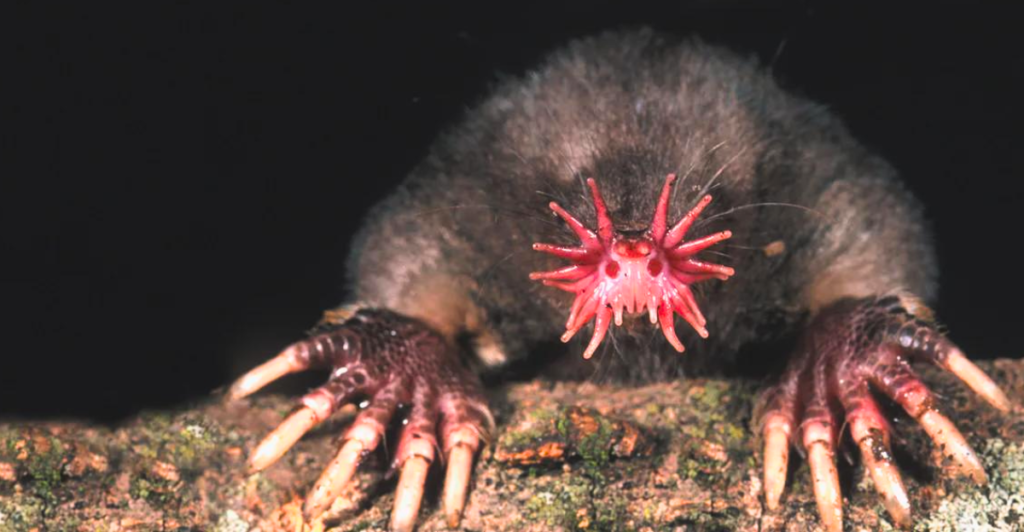
Speed isn’t everything in the animal kingdom. Some creatures take life at a leisurely pace, moving so slowly that they rely on stealth, defense, or clever adaptations to survive. From tree-dwelling sloths to nearly motionless mollusks, these ten land animals prove that slow and steady can still win the race.
1. Three-toed sloth
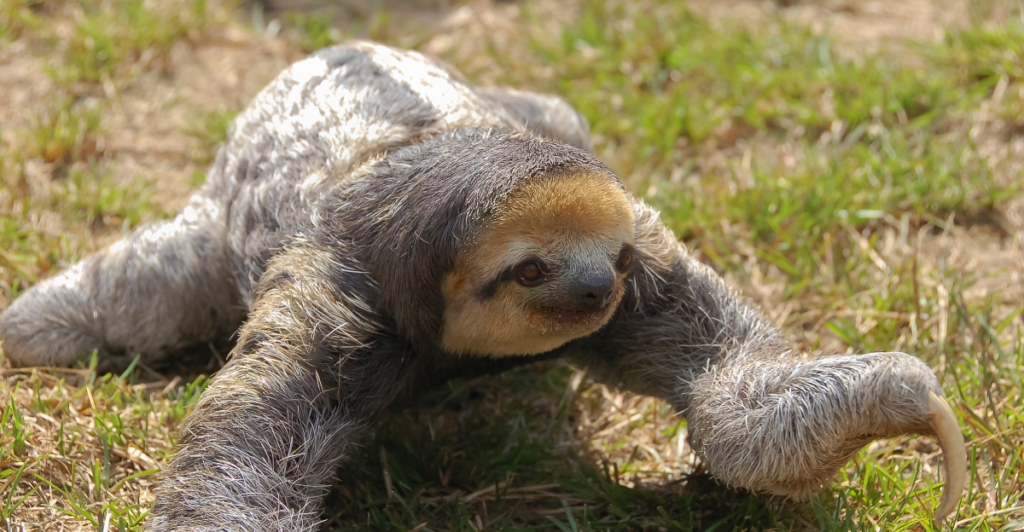
Hanging from rainforest trees in Central and South America, the three-toed sloth moves at a mere 0.15 mph (0.24 km/h). Its slow pace allows algae to grow on its fur, offering perfect camouflage. Despite their sluggishness, sloths are expert climbers, rarely touching the ground. Their low-energy diet of leaves fuels their laid-back lifestyle, proving that survival doesn’t always require speed.
2. Banana Slug
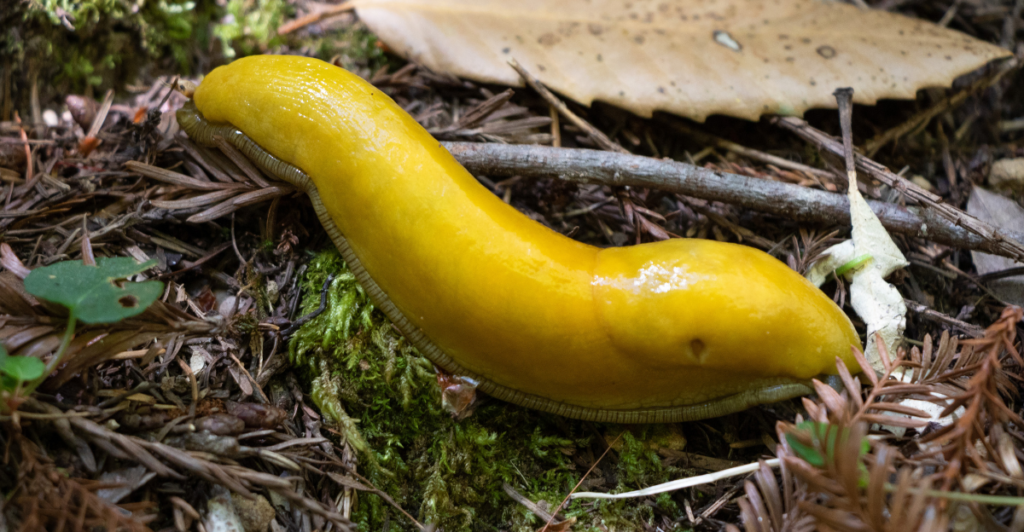
Crawling at just 0.007 mph (0.01 km/h), banana slugs dominate the damp forests of North America. Their slimy mucus helps them glide over rough terrain and even dangle from trees like a slow-motion acrobat. These decomposers play a key role in breaking down organic matter and keeping forest ecosystems balanced.
3. Giant Tortoise
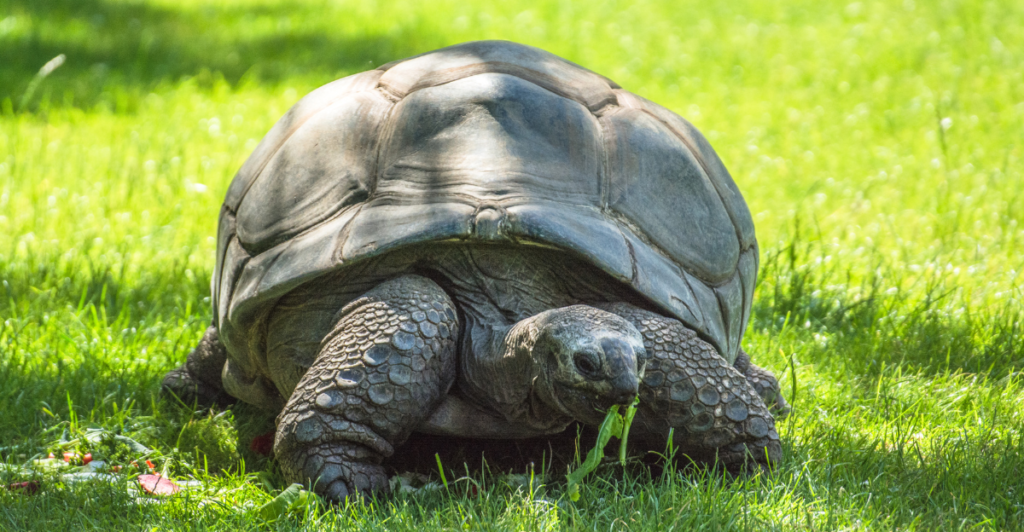
Weighing over 900 lbs (400 kg), the giant tortoise trudges at 0.2 mph (0.32 km/h). Found in the Galápagos Islands, these gentle giants live for over 150 years, making them some of the longest-living creatures on Earth. Their slow metabolism helps them survive long periods without food or water, proving that patience is a winning strategy.
4. Garden Snail
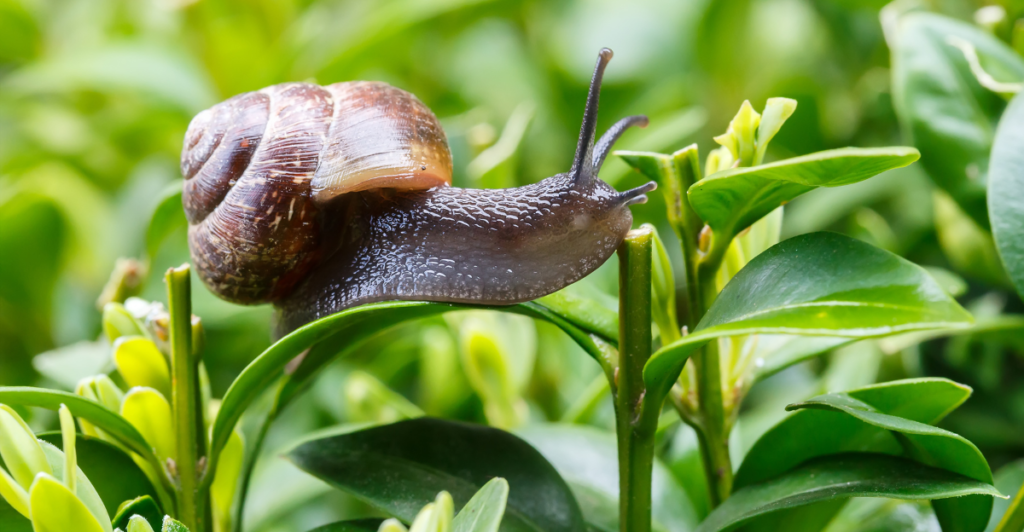
Slipping through gardens at 0.03 mph (0.05 km/h), these tiny mollusks are more than just slow—they’re survival experts. Their slimy mucus protects them from rough surfaces, and they can retract into their shells for defense. Despite their sluggish reputation, garden snails are essential for ecosystems, helping break down plant matter.
5. Slow Loris
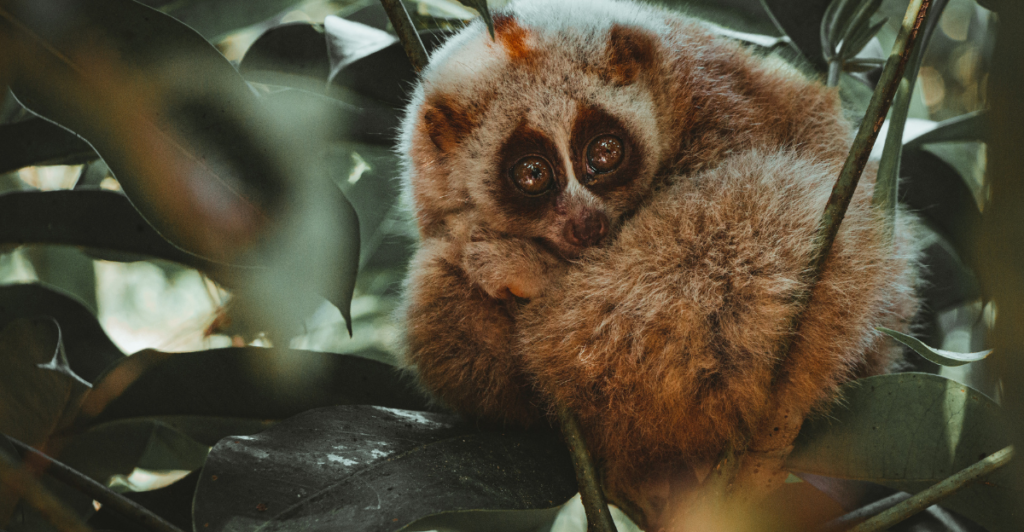
With a top speed of 1.18 mph (1.9 km/h), the slow loris may seem defenseless, but don’t be fooled—it’s the world’s only venomous primate. Found in Southeast Asia, this nocturnal creature licks glands on its arms to activate a toxin, making its bite dangerous to predators. Its sluggish movements help it remain undetected in the treetops.
6. Gila Monster
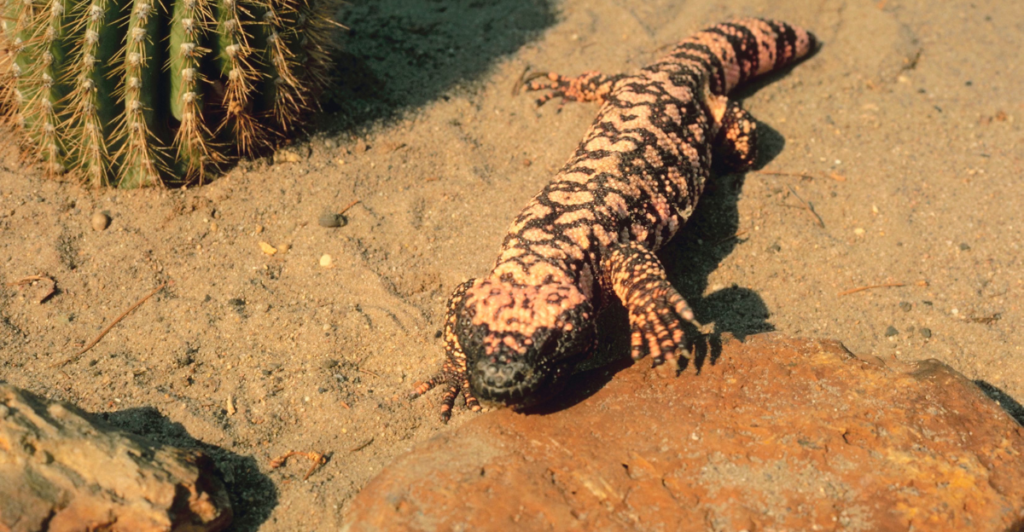
The Gila monster is one of North America’s few venomous lizards despite moving at just 1 mph (1.6 km/h). Found in deserts of the U.S. and Mexico, it relies on patience rather than speed, ambushing small mammals and eggs. Its powerful bite delivers venom that paralyzes prey, making escape nearly impossible.
7. Koala
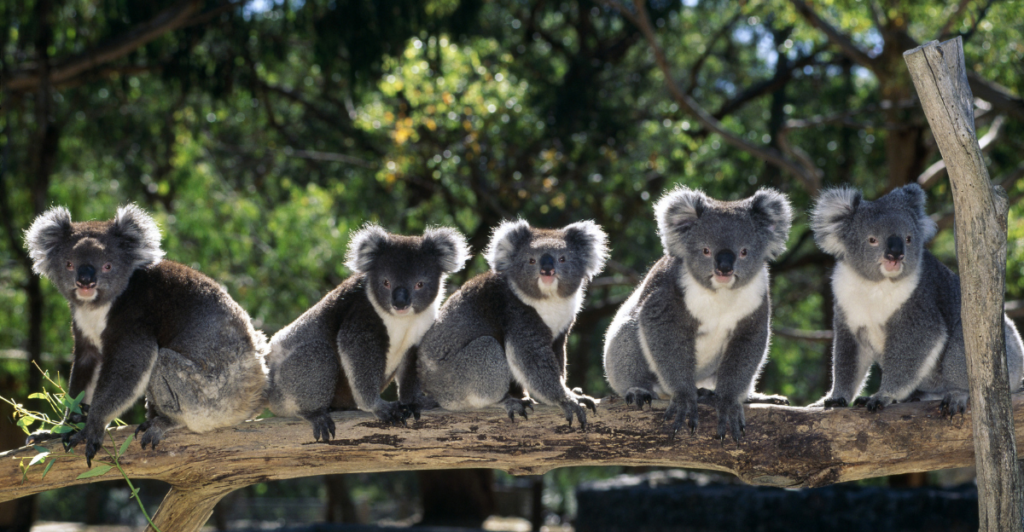
Koalas spend up to 22 hours a day resting and move slowly due to their eucalyptus diet, which provides little energy. While usually sluggish, they can sprint when needed. Found in Australia, their slow lifestyle conserves energy, allowing them to thrive despite their food’s poor nutritional value.
8. Star-Nosed Mole
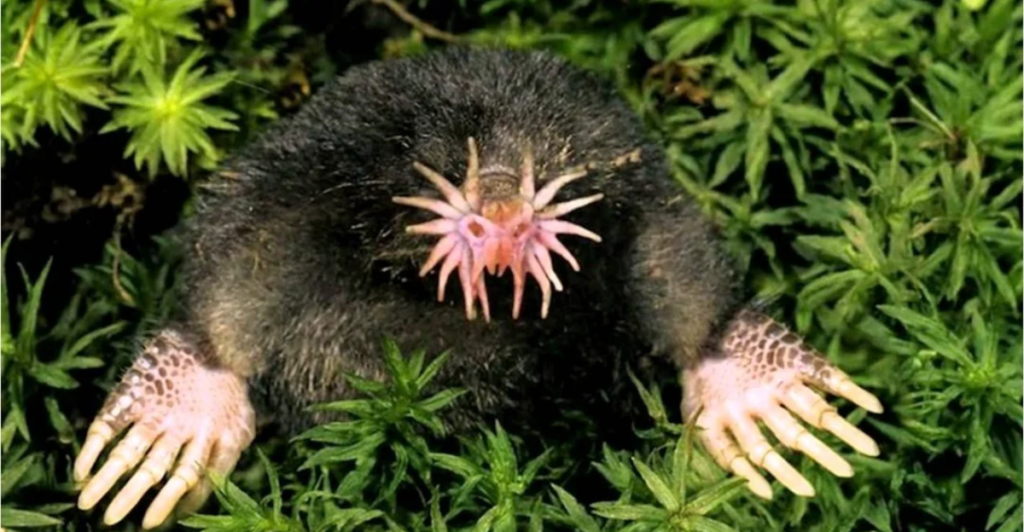
Burrowing through wetlands at just 0.15 mph (0.24 km/h), the star-nosed mole is one of the world’s slowest mammals. Nearly blind, it relies on 22 fleshy tentacles on its nose to detect prey in milliseconds. Found in North America, this mole thrives underground, rarely surfacing. Despite its sluggish speed, it holds the record for the fastest-eating mammal—devouring prey in just 120 milliseconds!
9. Armadillo
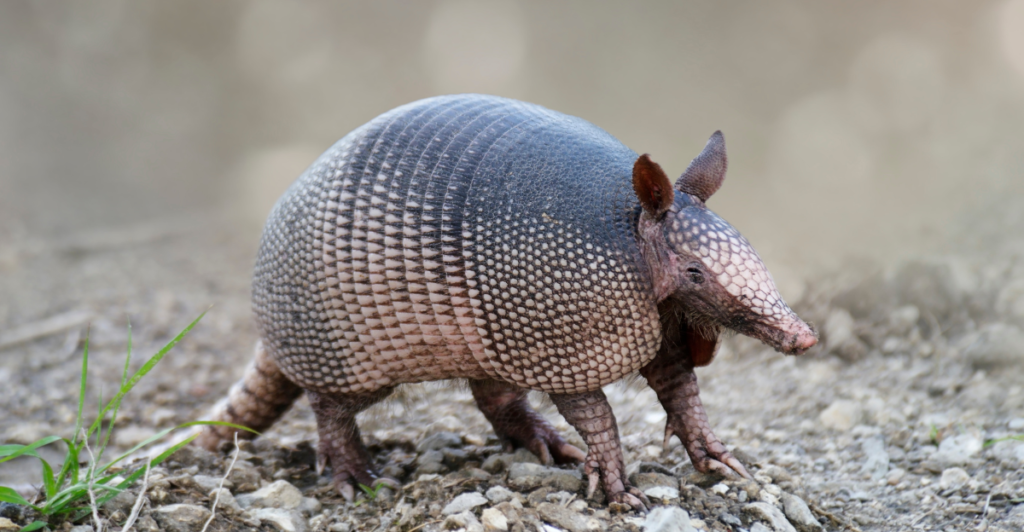
Armadillos trudge at around 3 mph (5 km/h), relying more on their armored shells than speed for survival. Found in the Americas, they are expert diggers, burrowing for shelter and safety. When threatened, some species can roll into a near-impenetrable ball, making them a challenge for predators.
10. Stick Insect
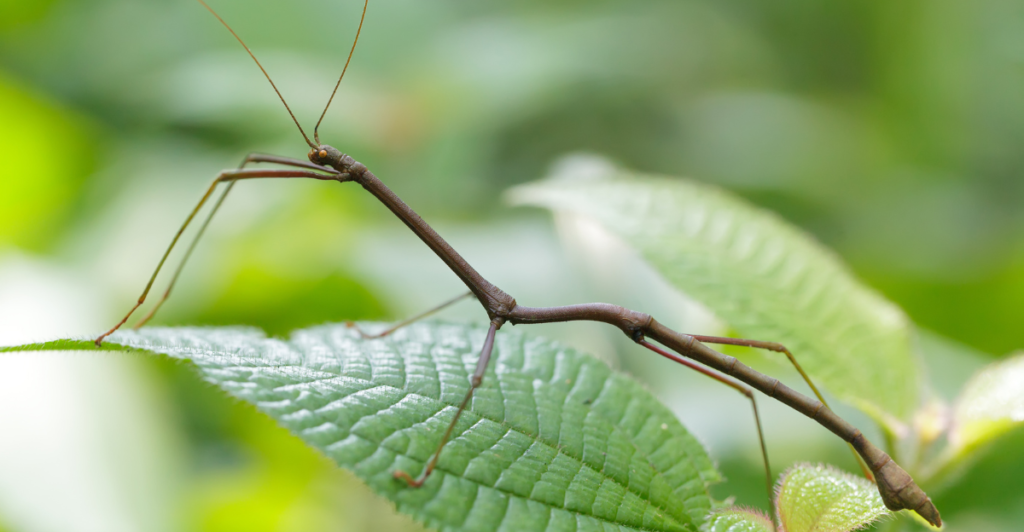
Stick insects move so slowly that their motion mimics a swaying twig, keeping them hidden from predators. Found in forests worldwide, their slowness is an evolutionary advantage—moving too fast would ruin their disguise! Some species can even regenerate lost limbs, ensuring they stay in the game, one barely perceptible step at a time.
Discover more of our trending stories and follow us to keep them appearing in your feed

Bobcats Are Making a Comeback—And They Might Be Protecting Us From Disease
California Is Breaking Apart: A Fault Line Is Forming Faster Than Anyone Predicted
The War on Cows Is Over—And Green Extremists Have Lost
Philanthropist Promises To Cover $771.23M Annually After US Exit From Climate Accords
References:
Reference 1
Reference 2
Reference 3
This article first appeared here
Stay connected with us for more stories like this! Follow us to get the latest updates or hit the Follow button at the top of this article, and let us know what you think by leaving your feedback below. We’d love to hear from you!







